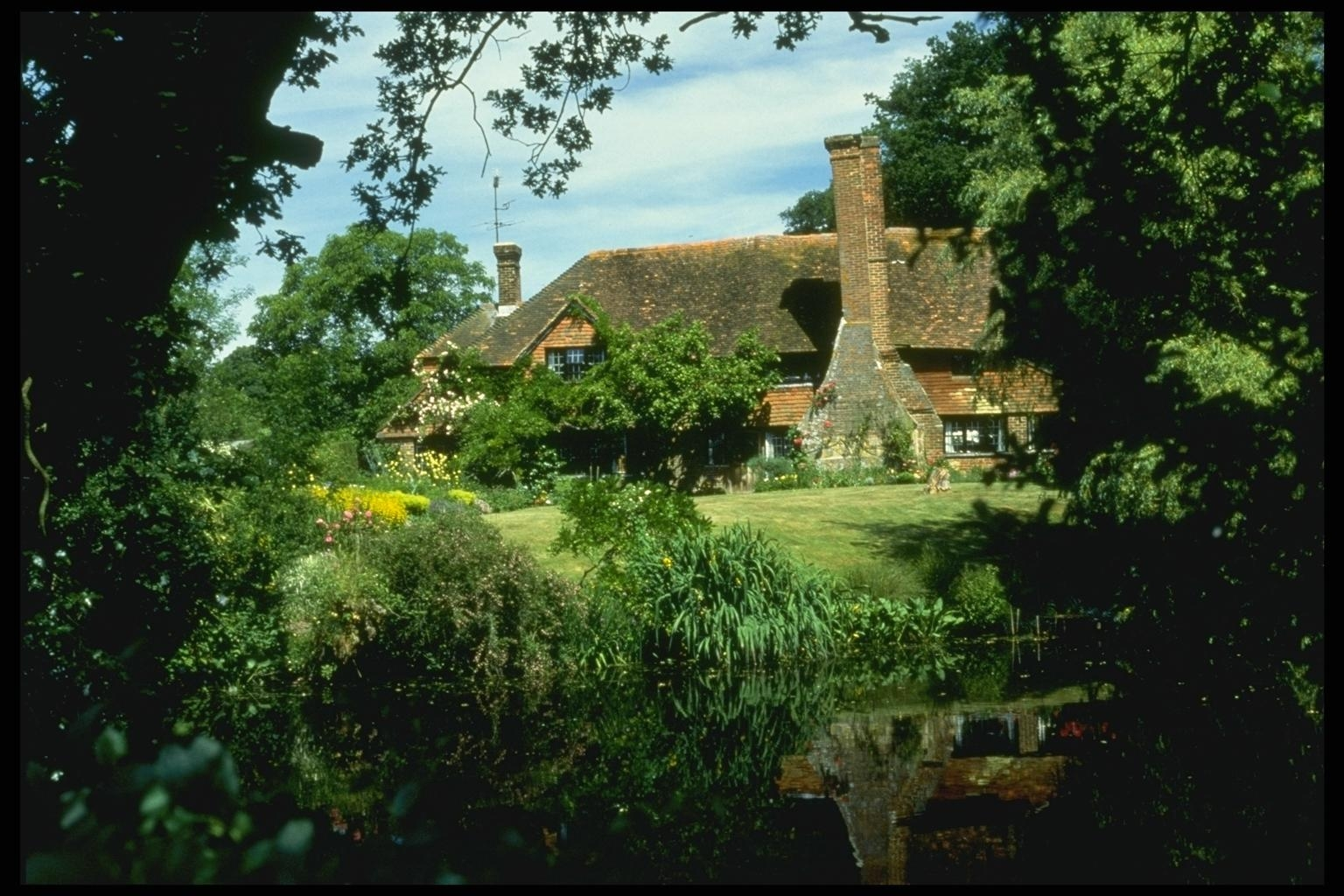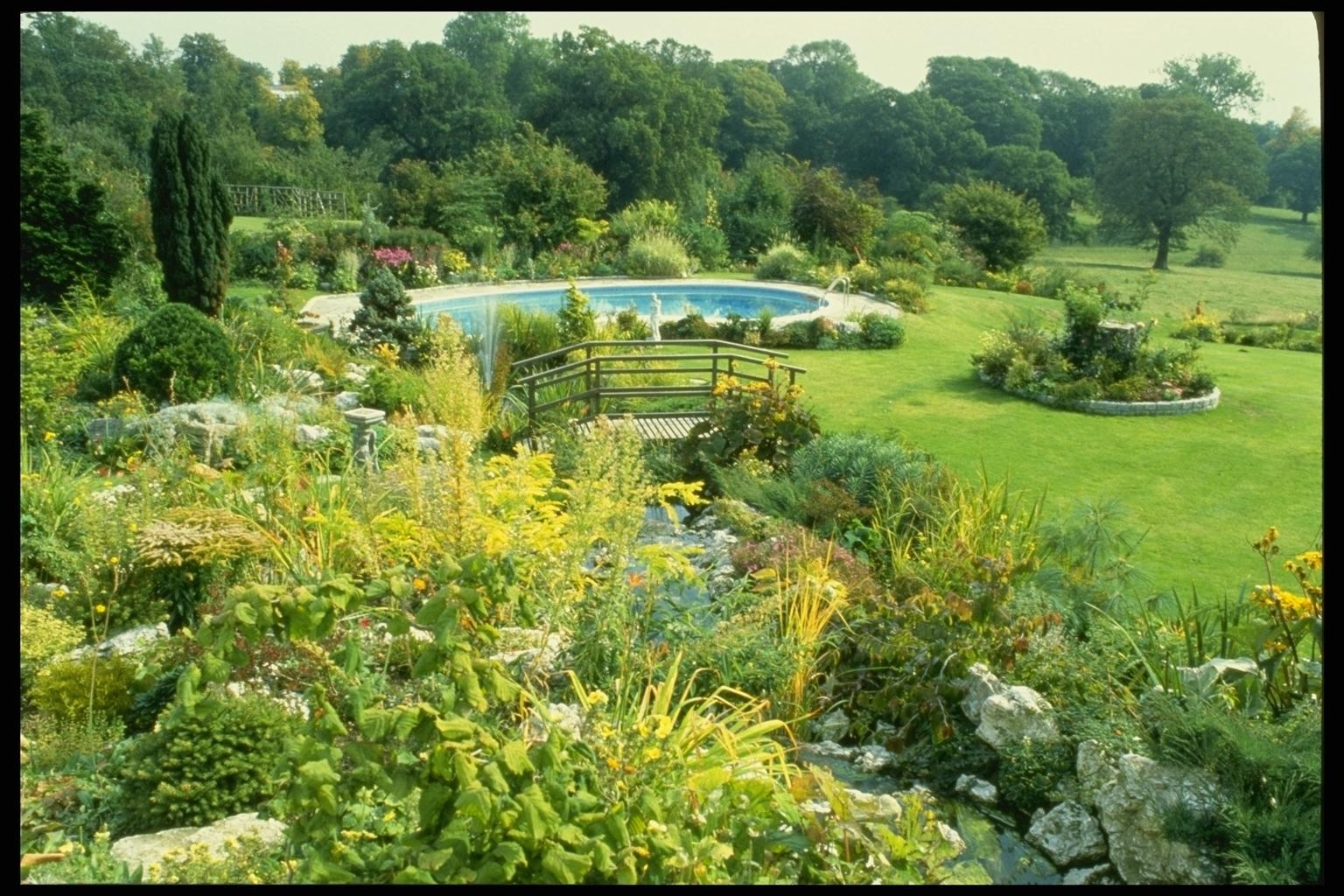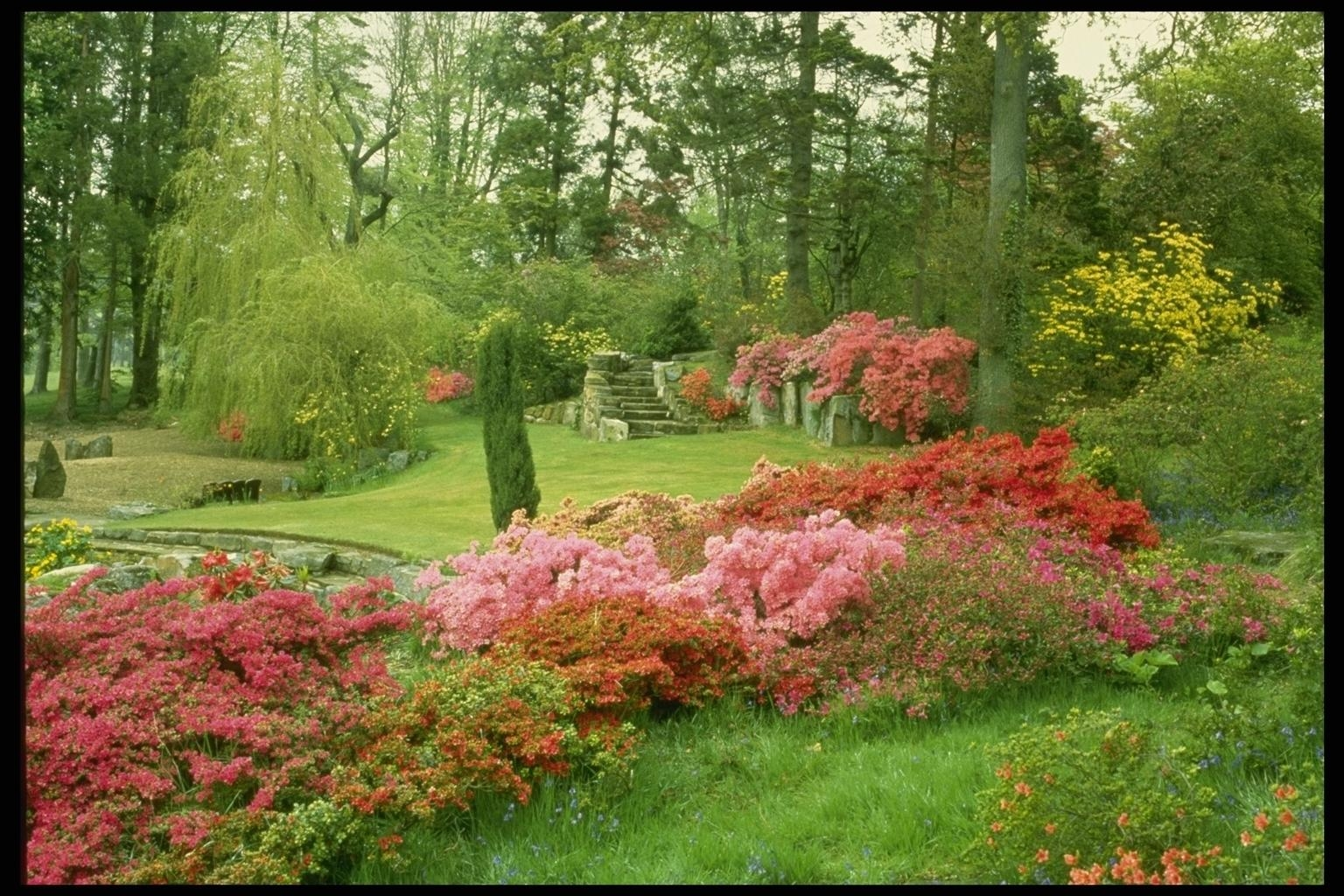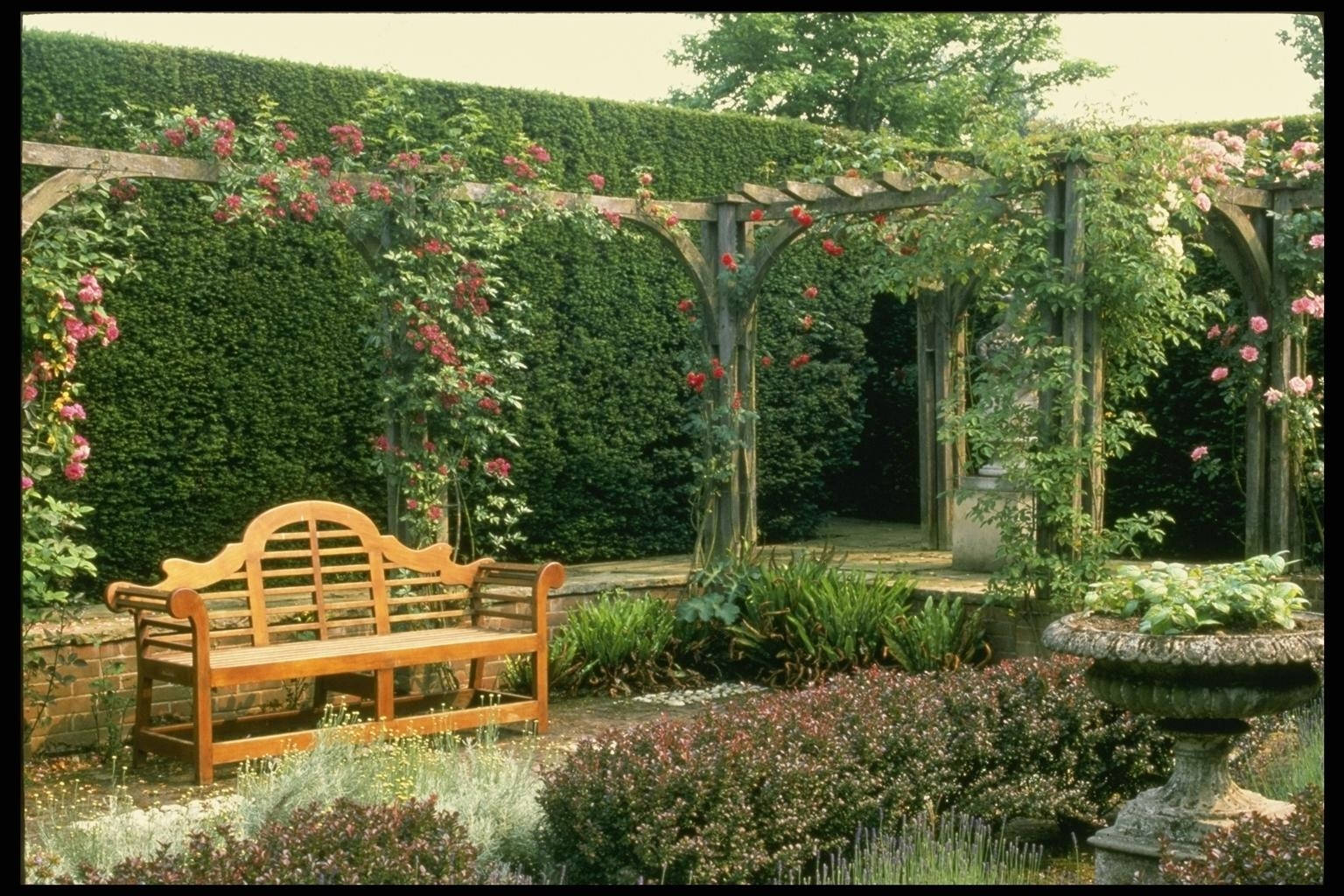
- •A Country Across the Channel
- •I. Fill in the blanks with the correct words.
- •II. Complete the sentences with the best answer (a, b or c).
- •III. Are the statements true or false? Correct the false statements.
- •IV. Answer the questions.
- •V. Draw a sketch-map of the British Isles and mark in the following.
- •Britain-an Island, or a Peninsula?
- •I. Fill in the blanks with the correct words.
- •II Complete the sentences with the best answer (a, b or c).
- •III. Are the statements true or false? Correct the false statements.
- •IV. Answer the questions.
- •V. Do you remember?
- •The Face of Britain
- •II. Complete the sentences with the best answer (a, b or c).
- •III. Are the statements true or false? Correct the false statements.
- •IV. Answer the questions.
- •V. Draw a sketch map of the British Isles and include
- •Climate and Weather
- •I. Fill in the blanks with the correct words.
- •II. Complete the sentences with the best answer (a, b or c).
- •III. Are the statements true or false? Correct the false statements.
- •IV. Answer the questions.
- •Mineral Wealth
- •I. Fill in the blanks with the correct words.
- •II. Complete the sentences with the best answer (a, b or c).
- •III. Are the statements true or false? Correct the false statements.
- •IV. Answer the questions.
- •Who Are the British? (I) Ancient and Roman Britain
- •I. Fill in the blanks with the correct words.
- •II. Complete the sentences with the best answer (a, b or c).
- •III. Are the statements true or false? Correct the false statements.
- •IV. Answer the questions.
- •Who Are the British ? (II) t he Anglo-Saxons, Danes and Normans
- •I. Fill in the blanks with the correct words.
- •II. Complete the sentences with the best answer (a, b or c).
- •III. Are the statements true or false? Correct the false statements.
- •IV. Answer the questions.
- •Who Are the British? (Ill) The Irish
- •I. Fill in the blanks with the correct words.
- •II. Complete the sentences with the best answer (a, b or c).
- •III. Are the statements true or false? Correct the false statements.
- •IV. Answer the questions.
- •Stonehenge and Avebury
- •I. Fill in the blanks with the correct words.
- •III. Are the statements true or false? Correct the false statements.
- •IV. Answer the questions.
- •V. Explain the following
- •I. Fill in the blanks with the correct words.
- •II. Complete the sentences with the best answer (a, b or c).
- •III. Are the statements true or false? Correct the false statements.
- •IV. Answer the questions.
- •V. Do you remember?
- •Northern Ireland - the Land of the Giant's Causeway
- •I. Fill in the blanks with the correct words.
- •II. Complete the sentences with the best answer (a, b or c).
- •III. Are the statements true or false? Correct the false statements.
- •IV. Answer the Questions.
- •V. Explain:
- •Great Britain - a Constitutional Monarchy
- •I. Fill in the blanks with the correct words.
- •II. Complete the sentences with the best answer (a, bore).
- •III. Are the statements true or false? Correct the false statements.
- •IV. Answer the questions.
- •Mother of Parliaments
- •I. Fill in the blanks with the correct words.
- •II. Complete the sentences with the best answer (a, b or c).
- •III. Are the statements true or false? Correct the false statements.
- •IV. Answer the questions.
- •The Party System and the Government
- •I. Fill in the blanks with the correct words.
- •II. Complete the sentences with the best answer (a, b or c).
- •III. Are the statements true or false? Correct the false statements.
- •IV. Answer the questions.
- •The Press
- •I. Fill in the blanks with the correct words.
- •II. Complete the sentences with the best answer (a, b or c).
- •III Are the statements true or false? Correct the false statements.
- •IV. Answer the questions.
- •Radio and Television
- •I. Fill in the blanks with the correct words.
- •II. Complete the sentences with the best answer (a, b or c).
- •III. Are the statements true or false? Correct the false statements.
- •IV. Answer the questions.
- •The School Education
- •I. Fill in the blanks with the correct words.
- •II. Complete the sentences with the best answer (a, b or c).
- •III. Are the statements true or false? Correct the false statements.
- •IV. Answer the questions.
- •The Public Schools
- •I. Fill in the blanks with the correct words.
- •II. Complete the sentences with the best answer (a, b or c).
- •III. Are the statements true or false? Correct the false statements.
- •IV. Answer the questions.
- •The Economy. The South
- •I. Fill in the blanks with the correct words.
- •II. Complete the sentences with the best answer (a, b or c).
- •III. Are the statements true or false? Correct the false statements.
- •IV. Answer the questions.
- •The Regions of Britain
- •I. Fill in the blanks with the correct words.
- •III. Are the statements true or false? Correct the false statements.
- •IV. Answer the questions.
- •V. Do you remember?
- •Transport
- •I. Fill in the blanks with the correct words.
- •II. Complete the sentences with the best answer (a, b or c).
- •III. Are the statements true or false? Correct the false statements.
- •IV. Answer the questions.
- •Agriculture
- •I. Fill in the blanks with the correct words.
- •II. Complete the sentences with the best answer (a, b or c).
- •III. Are the statements true or false? Correct the false statements.
- •IV. Answer the questions.
- •Food and Meals
- •I. Fill in the blanks with the correct words.
- •III. Are the statements true or false? Correct the false statements.
- •IV. Answer the questions.
- •Some National Traits
- •I. Fill in the blanks with the correct words.
- •II. Complete the sentences with the best answer (a, b or c).
- •III. Are the statements true or false? Correct the false statements.
- •IV. Answer the questions.
- •The Church In Modern Life
- •II. Complete the sentences with the best answer (a, b or c).
- •III. Are the statements true or false? Correct the false statements.
- •IV. Answer the questions.
- •The British In Their Private Life
- •I. Fill in the blanks with the correct words.
- •III. Are the statements true or false? Correct the false statements.
- •IV. Answer the questions.
- •V. Do you remember?
- •English Gardens and Gardeners
- •I. Fill in the blanks with the correct words.
- •III. Are the statements true or false? Correct the false statements.
- •IV. Answer the questions.
- •Leisure and Sports
- •I. Fill in the blanks with the correct words.
- •III. Are the statements true or false? Correct the false statements.
- •IV. Answer the questions.
- •King Arthur
- •I. Fill in the blanks with the correct words.
- •II. Complete the sentences with the best answer (a, b or c).
- •III. Are the statements true or false? Correct the false statements.
- •IV. Answer the questions.
- •V. Do you remember?
- •"My Bonnie Lies Over the Ocean... "
- •I. Fill in the blanks with the correct words.
- •III. Are the statements true or false? Correct the false statements.
- •IV. Answer the questions.
- •Canterbury Cathedral and Geoffrey Chaucer - the Great English Story-Teller
- •I. Fill in the blanks with the correct words.
- •II. Complete the sentences with the best answer (a, b or c).
- •III. Are the statements true or false? Correct the false statements.
- •IV. Answer the questions.
- •Shakespeare and Shakespeareland
- •I. Fill in the blanks with the correct words.
- •III. Are the statements true or false? Correct the false statements.
- •IV. Answer the questions.
- •Britain's Great Hero
- •I. Fill in the blanks with the correct words.
- •II. Complete the sentences with the best answer (a, b or c).
- •III. Are the statements true or false? Correct the false statements.
- •IV. Answer the questions.
- •"The Lady With the Lamp"
- •I. Fill in the blanks with the correct words.
- •II. Complete the sentences with the best answer (a, b or c).
- •III. Are the statements true or false? Correct the false statements.
- •IV. Answer the questions.
- •Museums and Other Treasures
- •I. Fill in the blanks with the correct words.
- •II. Complete the sentences with the best answer (a, h or c).
- •III. Are the statements true or false? Correct the false statements.
- •IV. Answer the questions.
- •Chronological outline
- •Kings and queens of england from alfred
- •British prime ministers and governments
IV. Answer the questions.
1. What can you buy at the chippy?
2. Is American influence among the eateries becoming more widespread in the U.K.?
3. What is a pub?
4. Can you play games in a pub?
5. Where is darts played?
6. How do many people in Britain spend their Sunday afternoons?
7. Why do dinner parties have a limited number of guests?
8. Is it easy to buy a house in Britain?
9. What is an Englishman's favourite saying?
10. Why do many people in the U.K. prefer to live in the countryside?
V. Do you remember?
1. The three types of houses in Britain.
2. The role of schools in organizing the life of adults.
3. The church in the life of the community.
4. The traditions of charity work in the U.K.
English Gardens and Gardeners
E lizabethan
gardens were planned almost as carefully as the house itself. All was
neatness with straight walks and flower-beds bordered by tiny hedges
of box to form a complicated geometrical pattern known as a "knot".
Covered walks, bushes cut in fantastic shapes, fountains and lawns
were all arranged with trim accuracy.
lizabethan
gardens were planned almost as carefully as the house itself. All was
neatness with straight walks and flower-beds bordered by tiny hedges
of box to form a complicated geometrical pattern known as a "knot".
Covered walks, bushes cut in fantastic shapes, fountains and lawns
were all arranged with trim accuracy.
Travellers brought new plants from abroad, and the flowers which still remain our favourites today: roses, carnations, violets, lilacs. Many of them were used in making jams, soap and toilet water for the fingers after dinner.
The herb garden was of great importance to the housewife. She used herbs not only for cooking, for medicines and ointments, but also for hanging up in the rooms to sweeten the air. The gardens of some famous herbalists included from 300 to 1,000 different kinds.
In the 16th century British gardeners looked to the continent for inspiration and learned much from the Dutch and Italians in creating formal, departmentalized gardens. Topiary — trimming hedges into formal shapes — came from Italy and was enthusiastically adopted in gardens like Hampton Court and created a fashion still surviving in many gardens. Neat geometrical lawns, parallel lines of trees, a long straight drive and formal statuary — these were some of the characteristics of the classic 17th-century garden. Unfortunately, many of the formal gardens of this period like Wilton and Badminton have gone or changed beyond recognition and they are known only from plans and illustrations.
Britain's greatest contribution to the art of gardening was the 18th-century movement back to nature. From that time until today British gardens have been the most famous in the world. The formal geometric patterns of the Renaissance which had reached their zenith at Versailles, now seemed unattractive to British gardeners and were rejected. They began to cut down the formal avenues, break up the terraces and search for a kind of gardening that was uniquely English. In their place they made gardens that reflected nature, using only the beauties of the countryside, the contours of the ground, the trees, rivers and lakes, and the contrasts of light and shade that each provided.
T he
enthusiastic intellectuals and writers, such as Alexander Pope,
Horace Walpole, Thomas Gray and others, gave the landscape movement
its initial impetus and strong social and economic influences
contributed to its success. The wealthy landowners could afford to
develop their gardens on a grand scale, creating lakes and forests.
he
enthusiastic intellectuals and writers, such as Alexander Pope,
Horace Walpole, Thomas Gray and others, gave the landscape movement
its initial impetus and strong social and economic influences
contributed to its success. The wealthy landowners could afford to
develop their gardens on a grand scale, creating lakes and forests.
Although the landscape garden was essentially English, it owed something to other lands. There was influence from China, through the paintings on Chinese porcelain that decorated fashionable drawing-rooms. Great influence had also come from French landscape painters, who depicted ideal landscapes with classical temples and statues. The men who made the natural English garden were in constant search for what the English artist William Hogarth called the "wavy line of beauty". So they followed such French painters as Claude and the Poussin brothers. The result was striking: new type of garden design was very much like graphic art. It was a style summed up by Walpole when he wrote of the enthusiasts who made the English landscape: "They leaped the fence and saw that all nature was a garden".
Passion for gardening in Great Britain brought forward many distinguished garden designers. Among them was William Kent, the first of the professional landscape gardeners. He started work as apprentice to a coach builder in Yorkshire. Kent came to London to study art, and then spent four years in Rome where he became influenced by the new French landscape painting school.
William Kent tried to make the gardens more natural by planting dead tree stumps "to give the greater air of truth to the scene". Formal flower-beds have been replaced by a lake, temples, ruins and statues to form what he called "landscape pictures". His landscape plan of the grounds can still be seen in Buckinghamshire and Oxfordshire. These "landscape pictures", however, were designed for the estates of very rich people, who could afford to pay immense sums of money for such schemes.
K ent's
most famous pupil was Lancelot Brown, better known by his nickname
"Capability" Brown. It derived from his habit of saying,
when looking at the grounds of a future garden, that they had
"capabilities" of improvement. He is the most outstanding
of all the landscape gardeners of the 18th century. He was originally
a gardener, unlike the others. He carried out much of the work
planned by William Kent. He began as an independent designer of
gardens in 1750, and a few years later a garden designed by
Capability Brown was in the forefront of fashion.
ent's
most famous pupil was Lancelot Brown, better known by his nickname
"Capability" Brown. It derived from his habit of saying,
when looking at the grounds of a future garden, that they had
"capabilities" of improvement. He is the most outstanding
of all the landscape gardeners of the 18th century. He was originally
a gardener, unlike the others. He carried out much of the work
planned by William Kent. He began as an independent designer of
gardens in 1750, and a few years later a garden designed by
Capability Brown was in the forefront of fashion.
Brown's greatest power was probably his management of water, and he created many "natural" lakes. The lake created at Blenheim is considered to be his masterpiece, and Capability Brown himself became nationally known as the "Landscape Architect of England".
The next generation saw a return to more contained styles introduced by Humphry Repton, a talented painter. The name of Repton has become so much a household word by the end of the 18th century that he has the distinction of being mentioned in one of Jana Austen's novels, "Mansfield Park" (1814). He started life as merchant, but had no liking for commerce. His tastes were for painting, poetry and music. The idea of becoming a landscape gardener gave him an opportunity to use his talent for painting.
I n
his garden designs he retained the wide spaces, but renewed
flower-beds and terraces near the house. His changes coinsided with
renewed interest in individual flowers, trees and shrubs.
n
his garden designs he retained the wide spaces, but renewed
flower-beds and terraces near the house. His changes coinsided with
renewed interest in individual flowers, trees and shrubs.
More modest gardens sprang up around the smaller country houses of the landowners and the new middle-class people These gardens also reflected a growing interest in flower-beds. Topiary returned to fashion again. Formal lawns, previously cut with scythes, became suddenly very popular among ordinary gardeners with the invention of Budding's lawn-mower in 1830. Although the task of keeping a garden is so essentially individual, for many people in Britain gardening is the basis of social and competitive relations.
Comprehension Check
